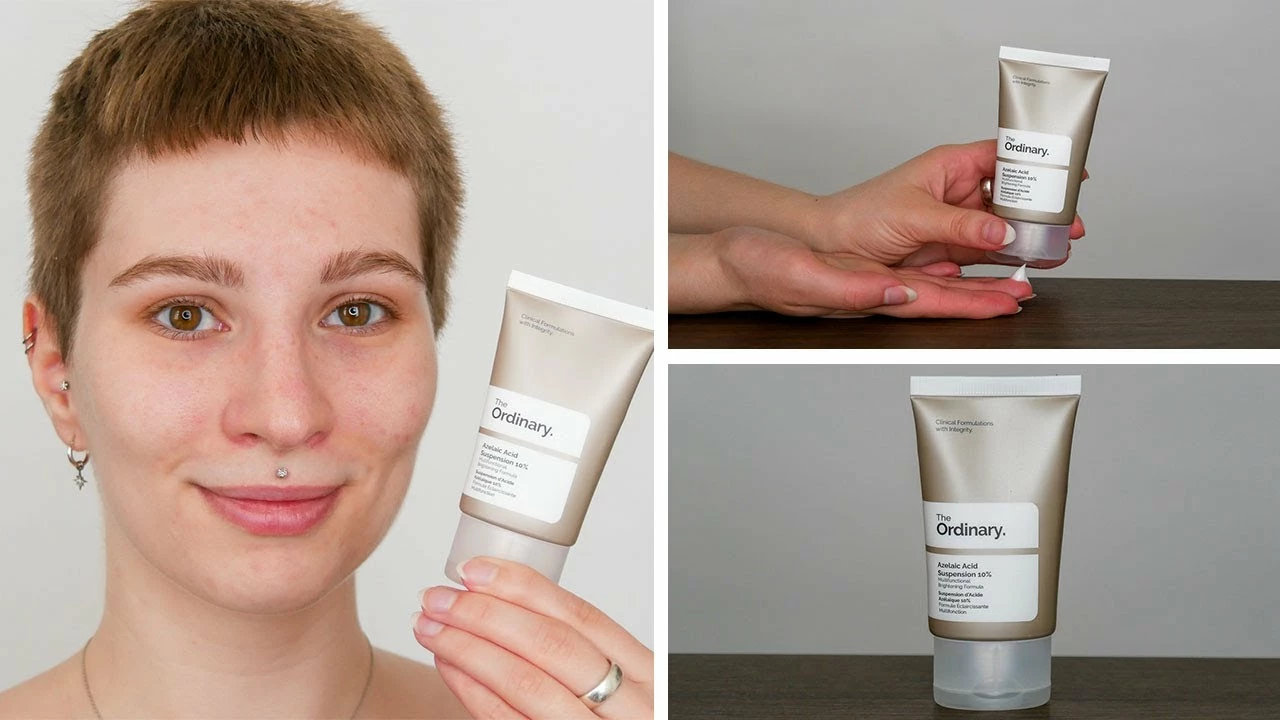Redness relief: how to calm red, irritated skin fast
Red skin can show up after a sunburn, a new product, spicy food, or as a chronic issue like rosacea. The trick is simple: figure out what triggered it, stop the trigger, and use gentle, targeted care. Here are clear, practical steps you can try right away and longer-term habits that actually help.
Quick fixes for sudden redness
Cold compress: wrap ice in a thin cloth and hold it to the area for 5–10 minutes. This slows blood flow and eases sting. Don’t press ice directly on skin.
Wash gently: rinse with lukewarm water and a mild, fragrance-free cleanser. Avoid hot water, scrubs, or anything abrasive.
Soothing products: look for plain aloe vera gel, an oatmeal-based lotion, or a moisturizer with ceramides and glycerin. These calm the skin barrier and reduce itching.
Short-term hydrocortisone: a 1% over-the-counter cream can help mild inflammation for a few days. Use sparingly and don’t rely on it long-term without checking with a clinician.
If you think it’s an allergic reaction with swelling, hives, or trouble breathing, get emergency care right away. For mild allergies, an oral antihistamine can reduce redness and itching.
Cosmetic quick fixes: a green-tinted primer or color corrector evens out redness under makeup. Use sparingly and only after skin has calmed a bit.
Long-term care and when to see a doctor
Avoid triggers: common culprits are hot showers, alcohol, spicy foods, extreme temps, strong fragrances, and rough exfoliants. Keep a simple diary for a week to spot patterns.
Choose calming actives: niacinamide, azelaic acid, and gentle azelaic cleansers are good options for chronic redness. They reduce inflammation and often improve skin texture. Start slowly and patch-test new products on the inner forearm.
Sun protection matters: daily broad-spectrum SPF 30+ prevents flare-ups from UV exposure. Use mineral sunscreens if your skin reacts to chemical formulas.
Build a basic routine: a gentle cleanser, a hydrating moisturizer, and sunscreen. Add actives one at a time so you can tell what helps or harms.
See a doctor if redness lasts more than two weeks, comes with pus, blisters, spreading warmth, fever, or persistent flushing. For suspected rosacea, eczema, or recurring infections, a dermatologist can offer tailored treatments that work far better than guessing at home remedies.
Quick checklist: cool compress, stop the trigger, use a gentle moisturizer, try hydrocortisone short-term if needed, patch-test new products, and see a pro for serious or long-lasting cases. A calm routine and avoiding obvious triggers will go a long way toward lasting redness relief.

